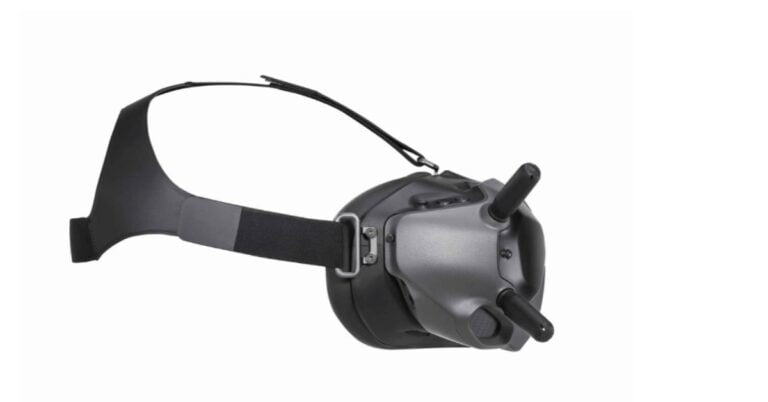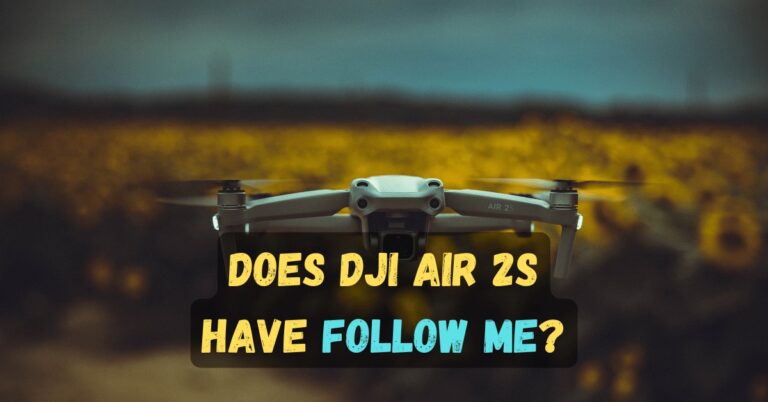How Hard is it to Shoot Down a Drone?

Modern drone technology has evolved significantly, encompassing a wide range of applications from consumer and commercial use to military operations.
Understanding the diverse types of drones and their capabilities is essential in assessing the challenges associated with shooting them down.
Types of Drones and Their Capabilities
Consumer Drones
Consumer drones are typically small, lightweight, and designed for recreational purposes, featuring moderate speed and altitude capabilities.
Commercial Drones
Commercial drones, used for purposes such as aerial photography, agriculture, and delivery services, often boast advanced navigation systems, higher speeds, and greater payload capacities.
Military Drones
Military drones represent the pinnacle of drone technology. These unmanned aerial vehicles (UAVs) are engineered for high performance, capable of reaching impressive altitudes and speeds.
Military drones often possess advanced stealth features, making them less detectable by radar. They are equipped with autonomous navigation systems, allowing them to operate with minimal human intervention and perform complex missions.
Construction Materials and Performance
The construction materials of drones significantly influence their performance and vulnerability. Drones are generally built using lightweight composites such as carbon fiber and fiberglass, which provide a high strength-to-weight ratio.
This not only enhances their speed and agility but also makes them more resistant to damage. However, these materials can also make drones more challenging targets to hit, as their lightweight nature allows for quick maneuvers and evasive actions.
Want to fly your drone with Bluetooth? Learn the steps: (What is The Process For Controlling a Drone Using Bluetooth?).
Sophisticated Sensors and Stealth Technology
Modern drones are equipped with sophisticated sensors and cameras that enhance their situational awareness and make them difficult to detect and target.
These sensors include GPS, infrared cameras, and LIDAR, which provide precise navigation and obstacle detection.
Additionally, many drones are designed with low radar cross-section features, minimizing their visibility to radar systems.
The combination of advanced materials, high-speed capabilities, and stealth technology presents significant challenges for those attempting to shoot down a drone.
Challenges of Detecting Drones
Detecting drones presents a multitude of challenges, largely due to their small size, varied flight patterns, and technological advancements.
Radar Detection
One primary method of detection is radar. However, drones often have a low radar cross-section, making them difficult to distinguish from birds or other small airborne objects.
This challenge is exacerbated by the fact that many drones are designed to minimize their radar signature, further concealing their presence from traditional radar systems.
Radio Frequency (RF) Detection
Radio frequency (RF) detection involves monitoring the frequencies that drones use for communication and control.
While RF detection can be effective, it is limited by the increasing use of encrypted communications and frequency-hopping techniques by modern drones.
Additionally, the proliferation of wireless devices can create a noisy RF environment, complicating the task of isolating drone signals from other sources.
Visual Observation
Visual observation, either through human spotters or camera systems, is also employed to detect drones. This method faces significant limitations due to the small size and often inconspicuous appearance of drones.
Furthermore, adverse weather conditions, low light environments, and the ability of drones to fly at low altitudes or in complex urban landscapes make visual identification particularly challenging.
Acoustic Sensors
Acoustic sensors, which detect the sound of a drone’s motors and propellers, offer another detection avenue.
However, the acoustic signatures of drones are often faint and can be easily masked by ambient noise, especially in urban areas.
Moreover, distinguishing the specific sound of a drone from other environmental noises requires sophisticated algorithms and can be hampered by the presence of multiple sound sources.
Curious if your drone is equipped with Remote ID? Check out our guide to finding out and ensuring compliance! [Does My Drone Have a Remote ID?]
Tactics and Tools for Shooting Down Drones
Neutralizing drones involves a variety of tactics and tools, each with its specific applications and effectiveness.
Traditional Methods
Traditional methods, such as using firearms or anti-aircraft systems, remain in use today. Firearms can be effective against smaller, low-flying drones, but their accuracy and range limitations make them less suitable for high-altitude or fast-moving targets.
Anti-aircraft systems, while highly effective against larger military drones, are often impractical for civilian or smaller-scale operations due to their high cost and potential for collateral damage.
Electronic Warfare and Directed Energy Weapons
Modern approaches to drone mitigation have evolved significantly, leveraging advancements in electronic warfare and directed energy weapons.
Electronic Warfare
Electronic warfare techniques, such as jamming and spoofing, target the communication links between drones and their operators.
Jamming disrupts the control signals, effectively rendering the drone inoperative, while spoofing manipulates the signals to take control of the drone or mislead its navigation systems.
These methods are particularly effective against commercial and consumer-grade drones, which rely heavily on GPS and radio frequencies.
Directed Energy Weapons
Directed energy weapons, such as high-powered lasers and microwave systems, offer another cutting-edge solution.
These tools can incapacitate drones by damaging their electronic components or structural integrity.
High-powered lasers, for instance, can precisely target and disable drones without causing widespread damage, making them ideal for use in densely populated areas or sensitive environments.
Capture and Disable Systems
Counter-drone systems designed to capture or disable drones without destruction are also gaining traction.
Net launchers, for example, can ensnare drones mid-flight, allowing for safe retrieval and analysis. Similarly, interceptor drones, equipped with nets, robotic arms, or other disabling mechanisms, can pursue and neutralize rogue drones.
These systems are particularly valuable in scenarios where preserving the drone for forensic examination or preventing debris from falling in populated areas is crucial.
Ever wondered what headless mode on a drone is? Check out our guide to learn more!
Legal and Ethical Considerations
The question of how hard it is to shoot down a drone extends beyond technical challenges, encompassing significant legal and ethical considerations.
Regulations
Regulations governing drone flights are set by various authorities, including the Federal Aviation Administration (FAA) in the United States.
These regulations often stipulate specific conditions under which drones can operate, such as altitude limits, no-fly zones, and requirements for registration and pilot certification.
Legal Implications
Legally, shooting down a drone is typically impermissible. Under U.S. law, for instance, drones are considered aircraft, and shooting one down could be construed as a federal crime under statutes that prohibit damaging or destroying aircraft.
Exceptions exist but are narrow and usually pertain to law enforcement or military operations. Civilian interventions, even in cases of perceived threats or privacy violations, can lead to severe legal repercussions, including charges of destruction of property, endangerment, and liability for any ensuing damages.
Ethical Considerations
Ethically, the issue is equally complex. On one hand, there are valid privacy concerns. Drones equipped with cameras can intrude on personal spaces, capturing images and videos without consent.
This raises significant questions about the balance between individual privacy and the rights of drone operators.
On the other hand, the misuse of counter-drone technologies can lead to abuse, such as unauthorized surveillance or disruptions in legitimate drone activities, including commercial and emergency services.
Balanced regulations are essential to address these challenges. They must protect airspace security while safeguarding individual rights.
For example, establishing clear guidelines for when and how counter-drone measures can be employed can help mitigate risks to public safety.
Additionally, fostering public awareness about drone regulations and encouraging responsible drone use can contribute to a more secure and respectful coexistence of drones and the general populace.
Ultimately, the legal and ethical landscape surrounding the act of shooting down drones underscores the need for a nuanced approach. This ensures that security measures do not inadvertently compromise civil liberties or safety.
Curious about a military drone’s endurance? Check out our info on How Long Can a Military Drone Fly?







